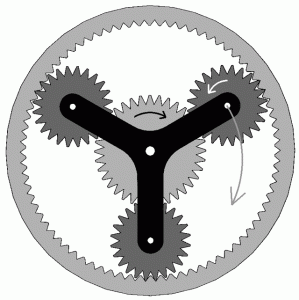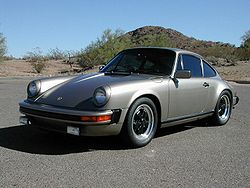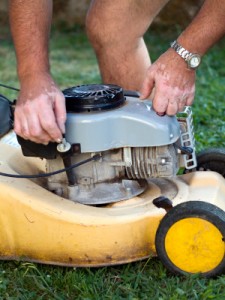More and more people are forced to save money due to economic problems, I have noticed that there are a greater number of people who want to do some of their automotive repairs at home. The most popular DIY procedure driveway mechanics perform is to change the transmissions fluid and filter. Some enterprising and fearless DIYer’s tackle upper level repairs at home with minimal experience, information and tools.
While many procedures are best left to a trained experienced mechanic, some procedures can be performed at home with a few tools, some mechanical ability and information. Information is the key. It is not recommended to jump in and attempt to repair a system without a manual or some guidance. The top pros go to training schools to learn new procedures and stay up to date.
What I’m proposing is a section where folks who get involved in a repair procedure on a Saturday for instance, and run into a problem can get an answer within a short period of time, so they can finish their project in order to get to work on Monday. When I owned my transmission repair shop from 1981 to 2006, we were constantly seeking information. When you make a living repairing cars, running into situations that are not covered in a manual happens all the time.
Being self employed, we had a 15000.00 dollars Snap-On shop key computer software information program at our disposal. That is not a realistic program for a home owner to have. Even that was not enough for us sometimes. We ran into problems that would never get fixed or figured out without the help of research groups who spend time researching unsolvable problems for repair shops who need some practical experience. They were not free BTW.
Sometimes the answer in the repair book is a pure technical answer and does not read between the lines. That is where practical experience comes in. Nothing beats taking advise from someone who has actually done the procedure before and knows the pitfalls that occur that the manual does not address.
We want to be your research group. Our goal is to have an ‘Ask the Mechanic” section where you can ask repair questions and get realistic answers that work, from a mechanic who has done that procedure before. We will even provide digital down-loadable schematics and specifications. We will not teach you to be a mechanic though.
Lets face it, plenty of people go into a car repair on Saturday, knowing they have to be to work on Monday. As a former transmission repair shop owner, I know the feeling of starting a relatively simple repair job which has to be done at a particular time, and run into a snag, fear pops up and then the pain and reality of not getting the job done starts to take a toll.
I have over 40 years of practical experience repairing every part of a car on practically every car that is allowed in the USA. I can provide realistic answers that are spelled out in terms you will fully understand, outlining the untold of and sometimes unexpected obstacles and problems that arise in the repair process. I will be on duty all weekend long as well as weekdays to cure the fear and pain of not getting to work.
My readers have to supply the input to me on providing the proper services for the weekend mechanic who has their transmissions apart and needs information fast. Let me know in the GotTransmissions.com comment box what you think. And don’t forget that we supply replacement transmissions for the folks who can’t fix their old transmission. 866-320-1182.







